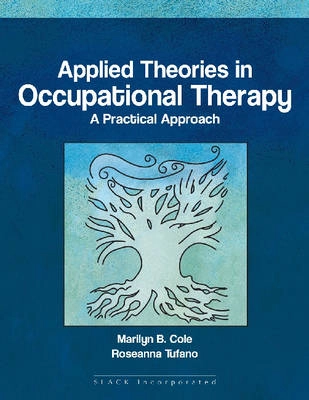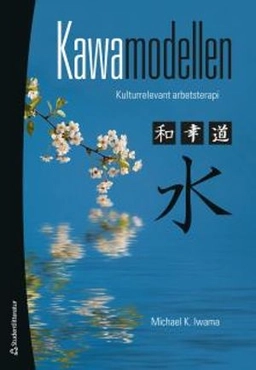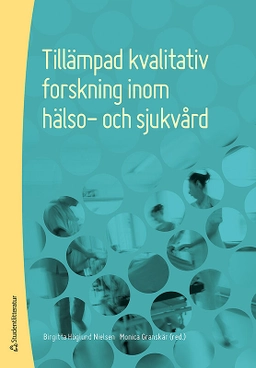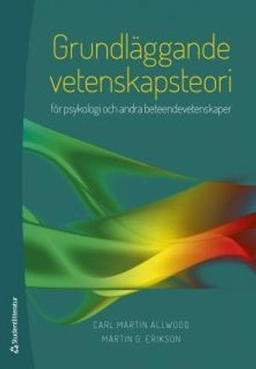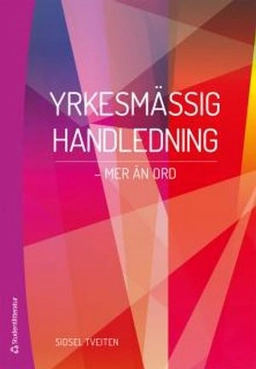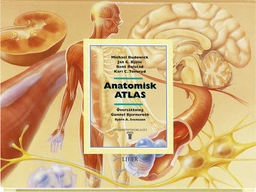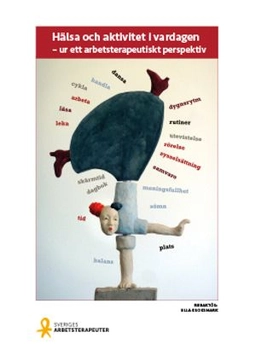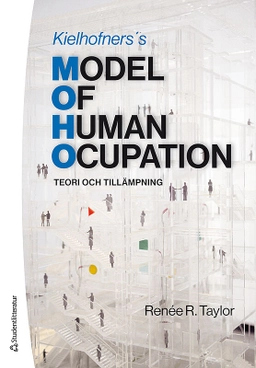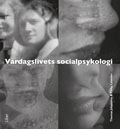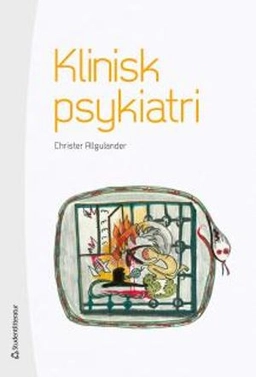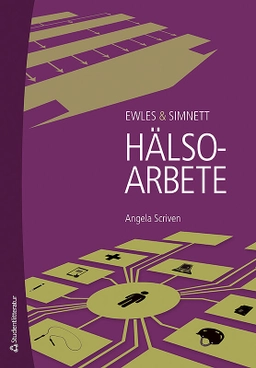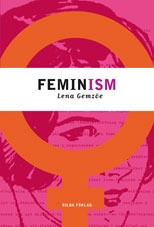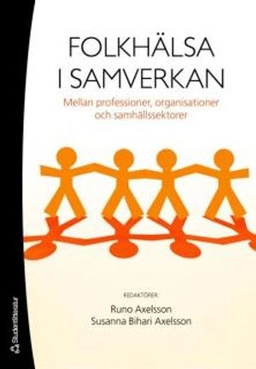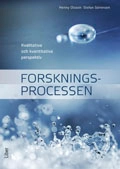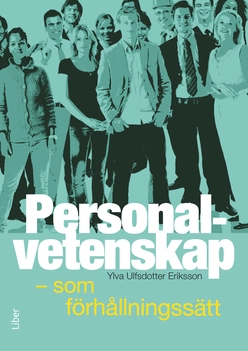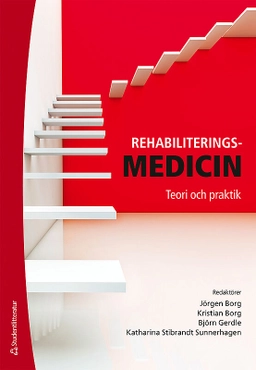"Applied Theories in Occupational Therapy: A Practical Approach" provides a comprehensive overview of theories and frames of reference in occupational therapy. Unlike other texts, there are no distinctions between specialty areas, as current and developing theories are applied to a continuum of health and wellness for all populations across the lifespan. Practical guidelines are included to assist with evaluation and intervention strategies.
Marilyn B. Cole and Roseanna Tufano examine the different levels of theory, the definition of each, and the various ways in which these levels guide occupational therapy practice. This timely text is divided into three sections: foundational theories that underlie occupational therapy practice, occupation-based models, and frames of reference. Students and practitioners are provided with specific guidelines as well as case examples and learning exercises to enhance their understanding of applied theory.
The first section summarizes the overarching theories that influence the practice of occupational therapy while incorporating the "Occupational Therapy Practice Framework." These theories are discussed in a step-by-step format as they are related to occupational therapy.
The second section reviews five currently used occupation-based models, providing readers with a description of each model according to Mosey's organization structure. At the end of this section is an integrative case example intended to assist with the clinical integration of these models.
The third section reviews and applies nine frames of reference most commonly used in occupational therapy practice today. Using the structured outline, students and practitioners can easily compare one frame of reference with another as part of the clinical reasoning response.
Topics Covered:
- Evolution and history of occupational therapy theory
- Proposed taxonomy of occupational therapy models and frames of reference
- Understanding systems and contexts
- Using different levels of theory
- The role of occupational therapy in health and well being
Features:
- Content analysis of 20 years of Slagle Lectures
- U.S. and International models of health care
- A review of systems theory as a perspective of occupational therapy practice
- An organizational structure and template to formulate the components of each model and frame of reference
"Applied Theories in Occupational Therapy" follows the belief that theory guides practice. This text provides practitioners with an excellent repertoire of theories to apply to occupational therapy practice. It is the ideal resource for students and practicing therapists who are looking to further their understanding of applied theory.
Åtkomstkoder och digitalt tilläggsmaterial garanteras inte med begagnade böcker
